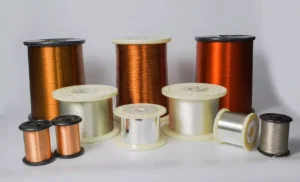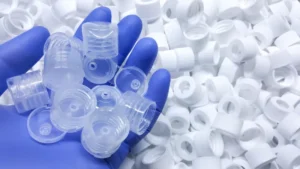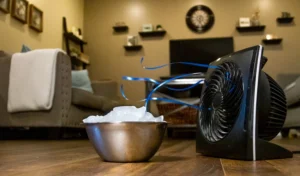After nearly two years of usage, some of our wall fan products have been reported to experience gear slippage.
We’ve conducted an in-depth investigation and identified three potential causes:
Possible Causes:
- Raw Material Variation in Gears: A particular batch of raw materials for the gears inside the gearbox might have changed. This change could cause the gearbox to soften when heated, leading to a chemical reaction with the internal grease and resulting in gear slippage.
- Structural Issues with the Gearbox: The outer shell of the gearbox might shrink during the injection molding process. This shrinkage could create a gap at the pivot point of the oscillating head, preventing it from properly engaging with the gear.
- Batch-specific Structural Issues: A specific batch of gearboxes might have a structural flaw, causing a gap at a certain point and leading to uneven oscillation of the head.
Industry Standards:
Adherence to industry standards such as ISO 17485:2006, which establishes a classification system for geometrical accuracy specifications of gears, can be pivotal in mitigating gear slippage issues.
Other standards like BS 1807 and AGMA are also instrumental in ensuring the quality and reliability of gear components.
Recent Advancements:
The realm of material engineering has ushered in alternative materials for gears, potentially addressing the issues related to gear slippage.
Moreover, innovations such as right-angled planetary gearboxes and enhanced CAD technologies offer improved options in terms of performance and efficiency, which could be instrumental in resolving gear slippage issues.
Our Testing Approach:
- Heat and Material Reaction Test: We applied grease to the gearbox and subjected it to continuous heating to observe any potential corrosion or material changes.
- Sleeve Addition Test: By adding a sleeve inside a problematic gearbox, we aimed to see if it could lock the gear in place and prevent slippage.
- Gear Assembly Position Test: We adjusted the assembly position of the gear to determine if the same slippage issue persisted.
Case Studies on Gear Slippage:
Investigating similar issues in other domains provided valuable insights.
For instance, a study on manual North-South transmission gear slippage sheds light on the durability concerns from both the end user and manufacturer’s perspectives.
Another study analyzing a gear shaft failure could also provide a deeper understanding of gear slippage causes.
Findings:
After rigorous testing, we pinpointed the primary issue.
The oscillating head of the wall fan would stop at certain points due to the outer shell of the gearbox shrinking during injection molding.
This shrinkage led to a gap at the pivot point, preventing the gear from engaging properly with the shaft.
Our Solution:
- Introduction of a Bearing Sleeve: We plan to replace the current gearbox with one equipped with a bearing sleeve. This change will ensure that the gearbox doesn’t deform and fail to engage with the shaft.
- Material Upgrade for Gears: We’re considering replacing the plastic gear with an iron one, enhancing the motor’s torque and overall performance.
Final Thoughts
We’re committed to delivering quality products to our customers and will continue to make necessary improvements based on feedback and rigorous testing.
Through the integration of industry standards, leveraging recent technological advancements, and learning from case studies, we aim to substantially mitigate the gear slippage issue in our fan products, ensuring a robust and reliable product experience for our valued customers.






